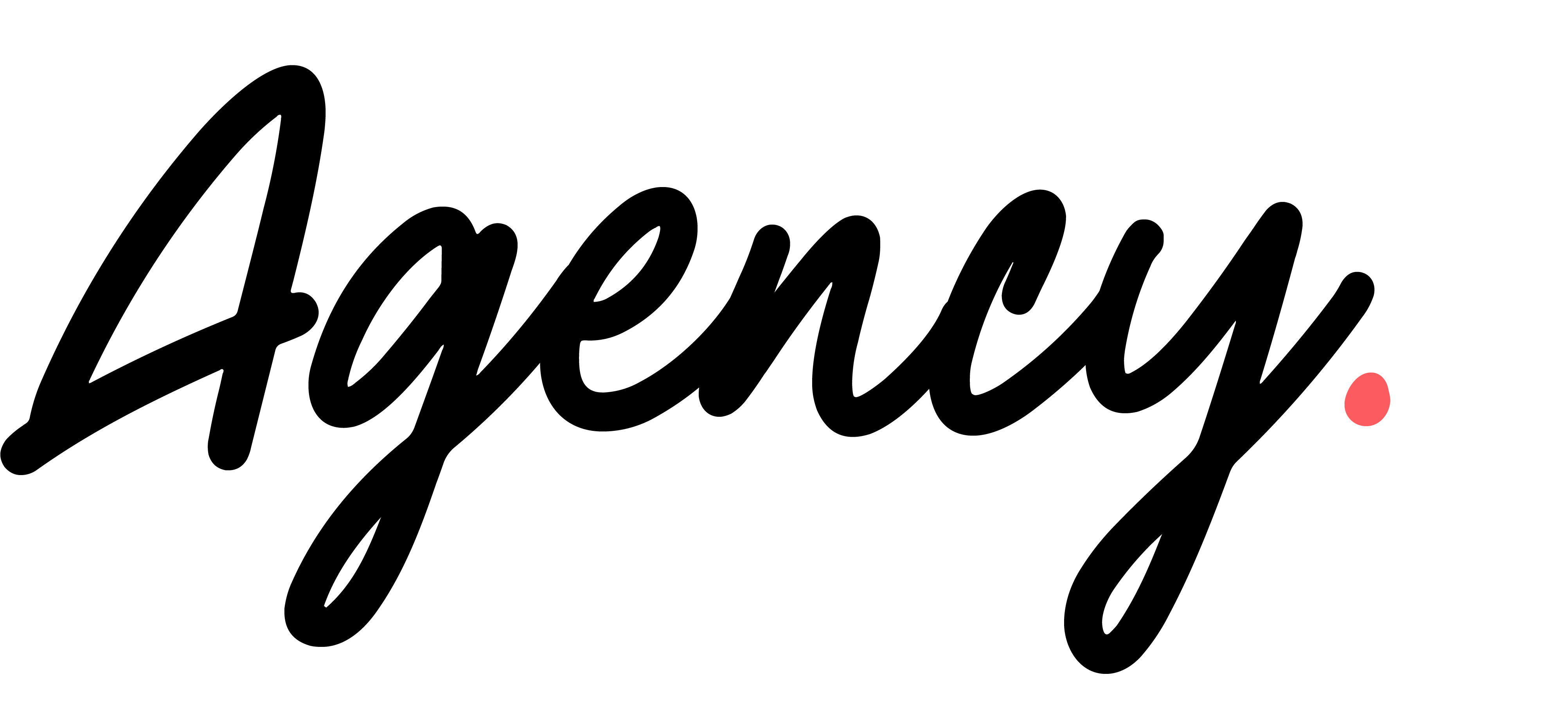The Role of Motion Design in Web and App Development
- Kitti Derda
- Mar 22
- 3 min read
In today's fast-paced digital world, motion design is no longer just a trendy addition; it's a key element that can significantly enhance user experiences in web and app development. By incorporating animation and movement, businesses can create more interactive and engaging platforms that hold users' attention longer. In this post, we will delve into the critical importance of motion design, highlighting its advantages, best practices, and the overarching impact it has on user experience.

Enhancing User Engagement
Motion design brilliantly captures user attention in ways static designs simply cannot. For example, consider an e-commerce site where adding an item to the cart triggers a satisfying animation, such as a mini cart filling up and rolling away. This technique does more than just look good; it reinforces the action the user has taken and makes the overall experience more enjoyable. Research indicates that articles with engaging visuals retain 94% more views than those with only text.
Using animations for navigation also helps users feel guided. Instead of aimlessly scrolling, elegant transitions from one section to another can highlight important features, increasing the chances of user interaction and conversion rates by as much as 30%.
Improving User Understanding
Motion design excels at simplifying complex information. It turns intricate processes into clear, manageable steps. For instance, a tutorial animation at the start of an app can demonstrate its features effectively. According to survey data, users are 80% more likely to remember information presented with visuals compared to text alone.
Step-by-step animations during onboarding can take users from confusion to clarity, ensuring they understand how to navigate the app. Practical examples can include using animated arrows that point to buttons or features while explaining their functions. Such guidance not only informs but empowers users, making their experience smoother and more enjoyable.
Creating Emotional Connections
Building emotional connections through design can lead to brand loyalty and increased usage. Motion design brings storytelling elements to life, adding layers of humor or surprise. For example, a playful loading animation that features a character performing a small dance can make waiting less tedious and elicit a smile from the user.
Emotional engagement is important; studies show that brands that connect with consumers emotionally have a 306% higher lifetime value. A well-timed animation can create memorable moments that stick with users long after their initial visit.
Best Practices in Motion Design
Implementing motion design effectively requires adherence to best practices.
Purposeful Animation: Each animation must have a clear objective. For example, if an animation signifies the process of submitting a form, it should visually communicate that action without unnecessary distractions that could confuse users.
Consistency: A cohesive visual experience is vital. Animations should follow a uniform style and speed, as inconsistent elements can disorient users and weaken brand perception.
Performance Optimization: Large file sizes can slow down websites or apps significantly. It's crucial to optimize animations, ensuring that they load seamlessly. Research shows that a 1-second delay in loading time can lead to a 7% reduction in conversions.
A/B Testing: Regularly assessing user reactions to different animations through A/B testing can provide invaluable insights. For instance, testing two different animations for a call to action can reveal which one boosts user engagement, enabling data-driven improvements.
Final Thoughts
In conclusion, motion design is an essential component of web and app development that elevates user engagement, enhances understanding, and forges emotional connections. As digital experiences grow more sophisticated, the integration of motion design offers brands opportunities to differentiate themselves in a competitive marketplace. By focusing on user-centered design and adhering to best practices, developers can utilize motion to create enjoyable and impactful experiences that resonate long after the initial interaction.





Comments